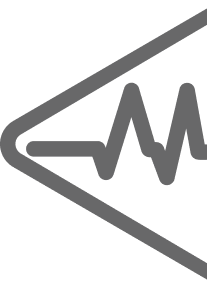Lateral Epicondylitis
Lateral Epicondylitis (Tennis Elbow)
Lateral epicondylitis, commonly known as "tennis elbow," is a condition that affects the tendons in your elbow. Despite its name, it can affect anyone, not just tennis players. It occurs when the tendons that attach to the outer part of your elbow become inflamed or damaged. This can cause pain and discomfort in your forearm and elbow.
Who is at risk?
-older population
-repetitive wrist movements for more that 2 hours per day
Symptoms:
Lateral epicondylitis typically presents with the following symptoms:
-You may experience pain on the outer part of your elbow, which can shoot down your forearm.
-Weakness in your grip and difficulty in holding objects, especially with a backhand grip (as in tennis).
-Stiffness in your elbow and forearm, especially in the morning or after prolonged use.
-The outer part of your elbow may be tender to the touch.
- You may have trouble with wrist extension, which involves lifting your wrist upward.
Diagnosis:
Lateral epicondylitis can be diagnosed by a healthcare professional based on a physical examination, medical history, and sometimes imaging studies like an X-ray or MRI. During the physical exam, your doctor may perform specific tests to assess your pain and strength in the affected arm.
Treatment:
The goal of treatment for lateral epicondylitis is to reduce pain, promote healing, and prevent recurrence. Here are some common treatment options:
- Give your elbow and forearm a break from activities that worsen the pain. Avoid repetitive motions that may have caused the injury.
-Apply ice to the affected area for 10-15 minutes at a time, several times a day, to reduce inflammation.
-Wearing a brace or splint on your forearm can help support the affected tendons and reduce strain on them.
-A physical therapist can teach you exercises and stretches to strengthen your forearm muscles and improve flexibility.
-Over-the-counter pain relievers can help manage pain and reduce inflammation. A topical patch may also improve your symptoms. If there is no relief of symptoms your doctor may also consider injections such as cortisone or PRP in some cases.
-In more severe cases, shockwave therapy may be recommended to stimulate healing by delivering shock waves to the affected area.
-In rare cases where conservative treatments don't work, surgical intervention may be necessary to remove damaged tissue or reattach tendons.
Prevention:
To prevent lateral epicondylitis or reduce the risk of recurrence:
-If you engage in activities that involve repetitive arm motions, such as sports or work tasks, make sure to use proper technique and form to reduce strain on your tendons.
- Regularly stretch and strengthen your forearm muscles to improve their endurance and flexibility.
-Allow adequate time for rest and recovery after strenuous activities. Listen to your body and take breaks when needed.
-Ensure your workspace is ergonomically designed, especially if you have a job that requires repetitive arm movements. Use tools and equipment that minimize strain.
-Always warm up before engaging in physical activities, including stretching and gentle exercises to prepare your muscles and tendons.
Remember that recovery from lateral epicondylitis may take time. Be patient and follow your healthcare provider's recommendations for the best outcome. If you have any concerns or questions, don't hesitate to consult with a healthcare professional.














